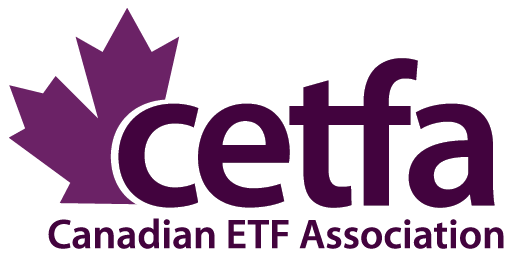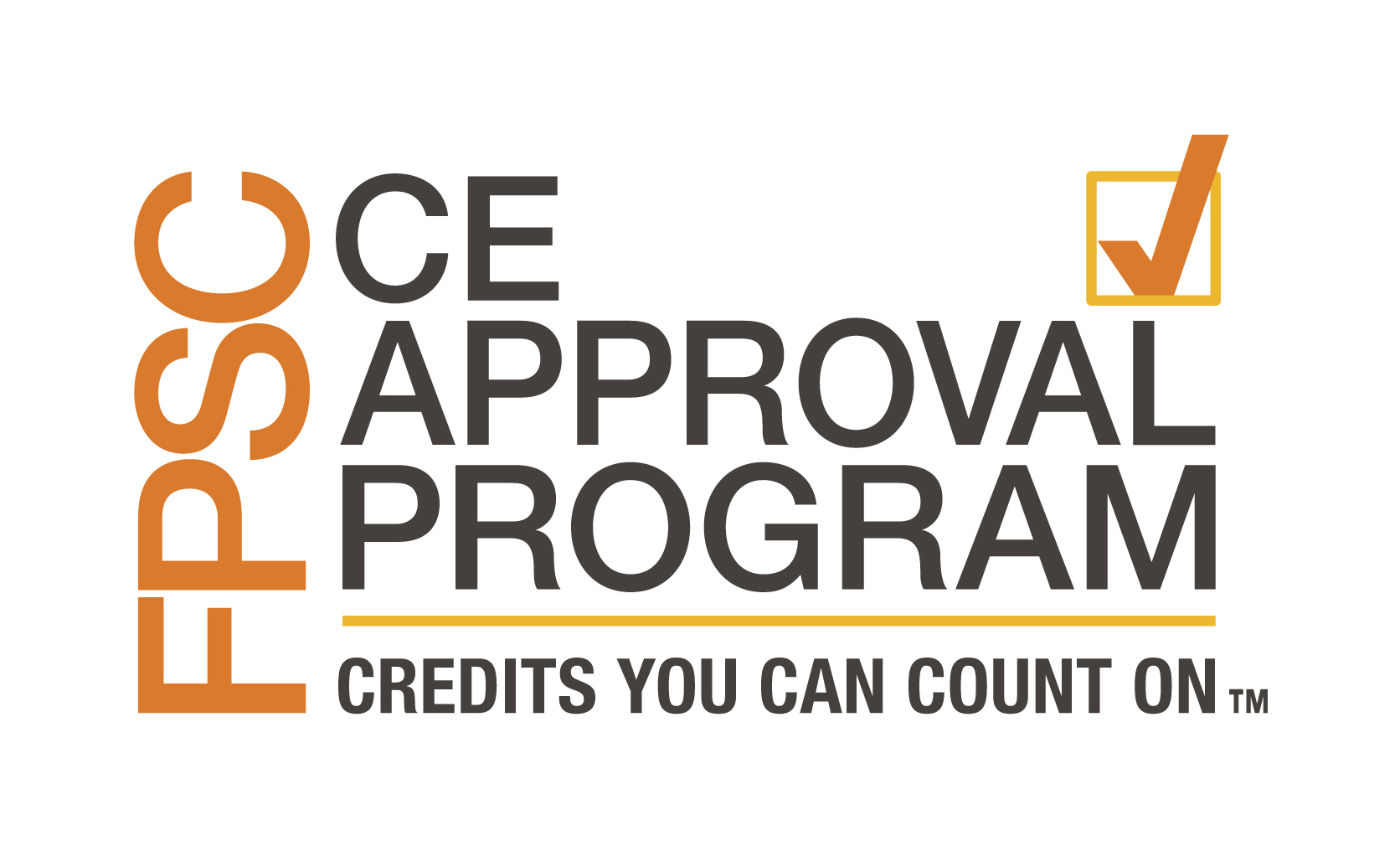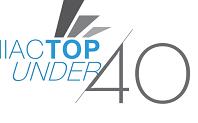BLOCKCHAIN - The Answer to Our Prayers? (5 part series)
July 08, 2016 | Toronto | by Laurie M Clark
BLOCKCHAIN - The answer to our prayers?
Only if you have been under a rock or in a coma will you not be familiar with Blockchain, the technology that, it is touted, will transform financial services and bring greater transparency to capital markets, with less risk. The promise of one technology automating what have been labour- and capital-intensive settlement and clearing activities has everyone’s attention and many have already begun to take part in joint activities to bring blockchain into the way they do business.
Major financial institutions -- including the Bank of England -- have released a number of notes over the last year on the potential of the technology and have created teams within their organizations to look into how to develop it further.
Since 2015, eleven member banks of the R3 consortium, a collaborative group of the world’s largest and most influential banks and financial institutions, including Barclays, BMO Financial Group, Credit Suisse, Commonwealth Bank of Australia, HSBC, Natixis, Royal Bank of Scotland, TD Bank, UBS, UniCredit and Wells Fargo have connected on the centralized Ethereum-based blockchain network. Other consortia have invested substantially in different networks.
Bank of America is going even one step further by attempting to patent some of the use cases of the technology. The company has already filed for 15 blockchain-related patents and is currently in the process of drafting another 20 to be submitted.
The whole concept of a distributed ledger with an immutable history in a peer-to-peer network that is extremely difficult to crash has certainly caught the attention of us all. There are many positive reasons for being in the first wave of early adopters – it will certainly, free up capital for more important activities, increase transparency for all transactions – just to name a few.
So, is blockchain the answer to fintech prayers?
Blockchain’s strength is its decentralized, peer-to-peer network, creating a secure transaction ledger database that is shared by all parties. It records and stores every transaction that occurs in the network, essentially eliminating the need for “trusted” third parties such as payment processors. The entities participating in a transaction are not necessarily known to each other yet they exchange value with surety and no third-party validation.

However, the recent scandal involving the theft of Bitcoin is reason to pause. While Bitcoin claims it suffered a hack, many suspect that the operator ran away with the funds. The belief in blockchain as an impregnable system obviously is flawed. However, the ability of financial institutions to create private networks with strong security features is a strength that may overcome the initial problems.
Certainly, the R3 and others are moving in the right direction by establishing consortia, not only for developing the requirements for blockchain to be successful, but also for recognizing the need for a shared network. No longer the individual, purpose-built network for each institution, but a large, shared one, accomplished by working with established blockchain networks as the cost of entry would be prohibitive if each institution decided to build their own, given their already expensive legacy systems. All it requires is a change in the mindset and the ways of doing things as they always have been done.






Follow SUI